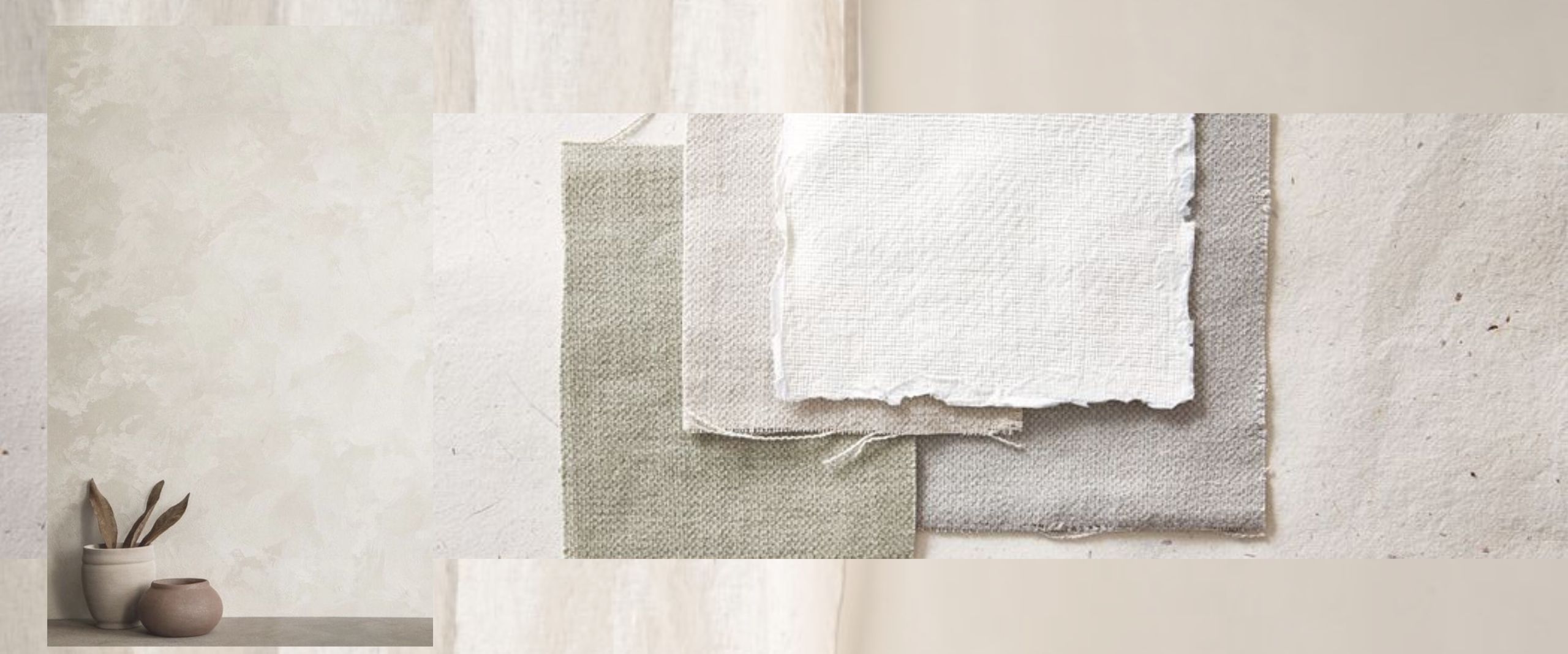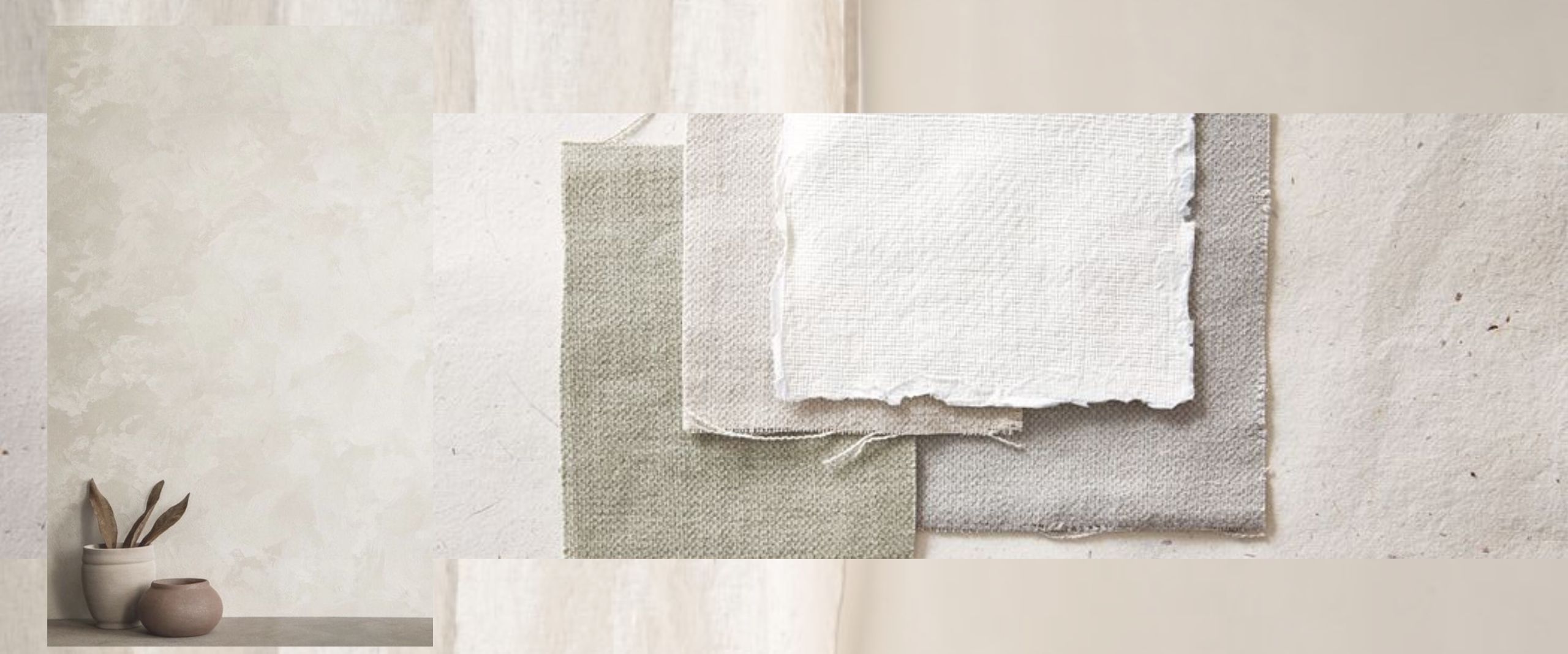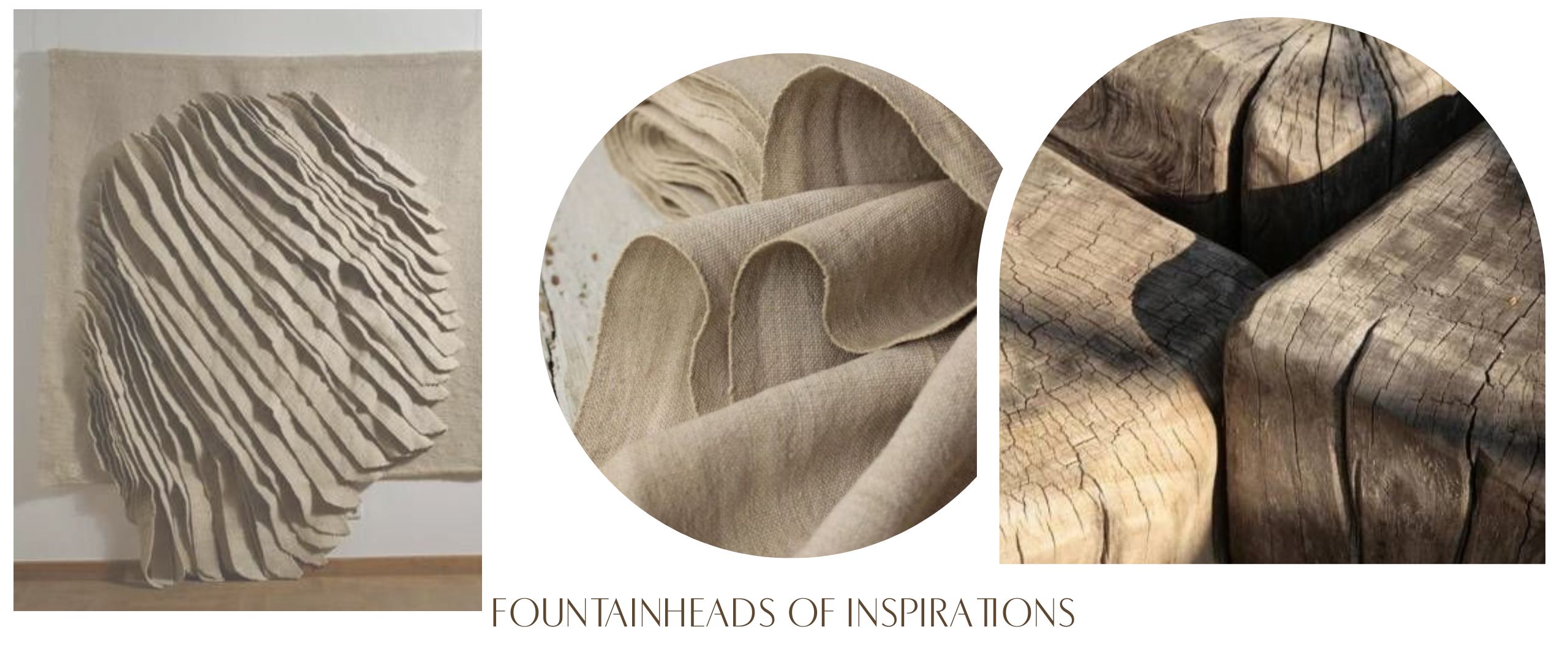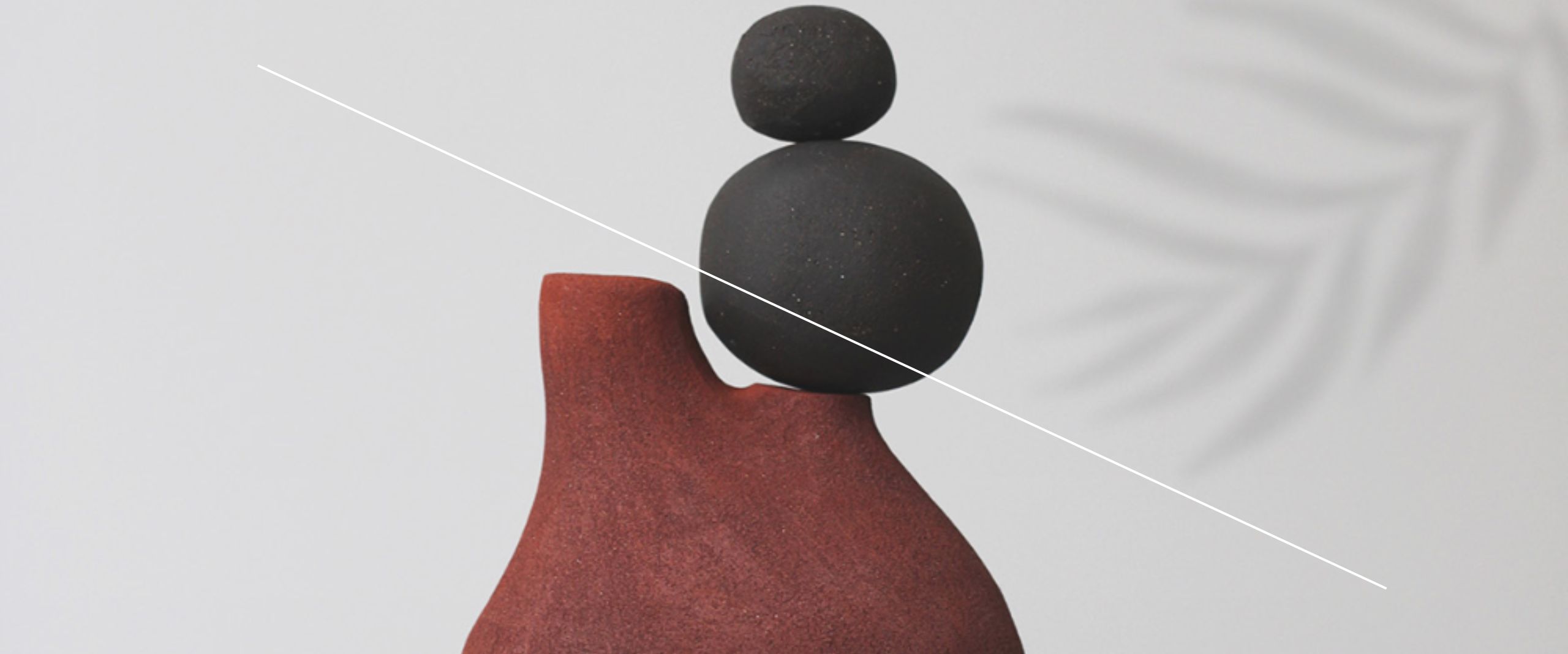

Clean, Airy, Simple, Limewash Finishes
Not that it had ever left the scene, but a fresh lick of limewash paint, or limewash finishes, is gathering greater appreciation for its fuss-free, practical functionality and sustainability appeal.
NOT WHAT WE THOUGHT IT WAS, AS KIDS?
A splash of lime or lemon juice on the walls, for summer? Sadly, no.
As the subject of Chemistry and chemical equations entered academic consciousness, revealing the true nature of this exciting limewash, many amongst us wondered if our entire childhood was a lie.
Limewash, simply put, is a mixture of lime and water, but the lime here, makes reference to crushed limestone, or chalk, both forms of calcium carbonate.

Heated, or ‘fired’ at high temperatures, limestone gives calcium oxide, also known as quicklime. When slaked, or mixed with water, it gives off immense heat, which of course leads to intense boiling of that added water.
The resulting calcium hydroxide is what we call slaked lime. When still as wet as it can be, it’s referred to as ‘putty’ and has to be thinned down in consistency for it to become the limewash we expect, if we intend to be able to paint with it.

YOU MEAN.. CHUNA LAGA DIYA?
Yes, (in Hindi) chunalagadiya, i.e been fooled; all those childhood visions of delicious lime juice washing the walls, had been washed away.
Incidentally, across India, ‘chuna’ is the colloquial reference for quicklime!
*Penny Drop* *Mic Drop* – sorry, the ‘chuna’ was right there. It had to be done.
BEEN LIME-AROUND THROUGH THE AGES
Historical evidence of the use of limewash goes as far back as 10,000 years, with some sources arguing that it’s even further back; and that limewash is truly up there in the list of the oldest building materials mankind could’ve ever worked with.
Within Indian culture, limewash painting and finishing is a widely available, trusted, and popular choice. Not just when it comes to the building aspects, or the aesthetics; but also for the conservation of that which has been constructed.
Sustainability is an instinctive choice, it comes naturally to the Indian reverence for all things versatile, durable, and viable.
The fact that the limestone in use is the naturally occurring limestone, is high on the list of reasons, besides the non-toxic and breathable nature of the material.
Even when limewash hardens, it does so because it reacts with carbon dioxide in the open air, which causes the paint form to become hard and stony (stronger?) so, basically, calcium carbonate again. Historically, there’s archaeological evidence of the use of lime in the earliest periods of Indian civilisation, off the back of lime plaster deposits found lining cooking equipment and utensils, of proto-Harappan houses in Rajasthan.

It became more and more common in the era of 225-340 AD; and thereafter in the architecture of some of India’s diverse religious, spiritual or cultural buildings.
Fun fact: From back then, lime mortar compositions – blends to help fortify the lime in the face of persistent weathering down – didn’t just stop at oil. Indian ingenuity, or atleast the curiosity for experimentation, expanded the options to even curds, jaggery and pulp of the bel fruit, believed to be a favourite of the God, Shiva.
Indian culture is, and wasn’t the only one to love it so.
The Mayans, and to some extent the Incans and Aztecs were known to use lime; as also the Chinese, Egyptian and East African, Roman, and Turkish cultures.
DID WE SPOT A CHALLENGE THERE?
Well, yes. In its natural state, limewash couldn’t have been the most water or general weather-proof option, atleast not completely. Over time, salt came to be used to enhance durability, and linseed oil, even if only in very measured quantities.
Certainly, more contemporary innovations have led to the development of sealants, which are also now applied so that the limewash is more user-friendly for a variety of lifestyles.

THAT VINTAGE, OR RAW-RUGGED CHARM
Inherent chalkiness in limewash painting produces an old-fashioned aesthetic with an inexplicable romance to it.
Perhaps, in some moods, it can be likened to lost pages of poetry, an incomplete letter, or the effect of time on a person who has been engaged in a long, anxious, and arduous wait for a loved one.

Do we digress…? Let’s snap out of that one for a second; and let’s revisit that point about the limewash being able to revert to a natural stony texture, on account of reacting with carbon dioxide.
The rugged, raw beauty – very much on-trend, and eternally stylish – works beautifully for walls and other structures that were always meant to be exposed to the open air outside.

Even otherwise, because of the calcite crystals (in the lime) a thoughtfully applied limewash finish lends the space a rather enticing, even if subtle glow, through the way the crystalline formations respond to light.
WAIT, WHAT’S THOUGHTFULLY APPLIED?
‘Thoughtfully applied’ simply refers to the flourish of the paintbrush being used to paint the limewash on.
The effect of the movement of the paintbrush will certainly lend to the texture of the limewash, be it long, sweeping strokes; rapid, dart-like movements for a more mottled look, or swirls and spirals for a more hand-formed, hand-plastered effect
Speaking of thoughtfully applied, it’s always advisable that every protective measure be taken – from full sleeved clothing, and gloves, to eye and mouth masks if required – atleast for the preparation of lime for painting, if not its application.
WHERE WOULD LIMEWASH LOOK BEST IN MY HOME?
If you like a vintage touch, limewashing is a great way to bring it to life.
There are very few places where it wouldn’t look good. Not when there are options available for coloured washes, in case you’d like some other palette except egg, stone, porcelain, ivory, or sand.
Colour and opaqueness-wise, limewash can look very different when it’s wet, and when it’s dry, so a few patch tests beforehand can help you make an informed decisions.
Experts also offer that it’s an excellent ‘diagnostic’ tool for the health of your walls, for example. Limewash can make their inherent dampness very evident, or signal at leakage issues, should there be pipes running through the walls.
Top choices for ideal spaces include:
- Any with expansive walls, or tall ceilings – such as a combined dining or drawing room.
- Those that are compact, but with plenty of access to natural light, even if they’re not completely outdoors.
- Garden patios, and outdoor spaces designated for that BBQ Sunday, or bonfire evening.

- Loft apartments that are doubling up as personal work studios.
- Recreational, and hosting or entertainment areas – play rooms, lounges for the house parties, guest bedrooms and bathrooms.
- Kitchens and outhouses, especially if you’re going for that freestyle texture, to enhance the energy of cosiness and privacy.
- One’s own bedroom may not be exempt from this list. That said, many find the natural colour of limewash too stark for a space like the bedroom.
- Floors – outdoors or indoors – can be limewashed, just like the walls around them.


